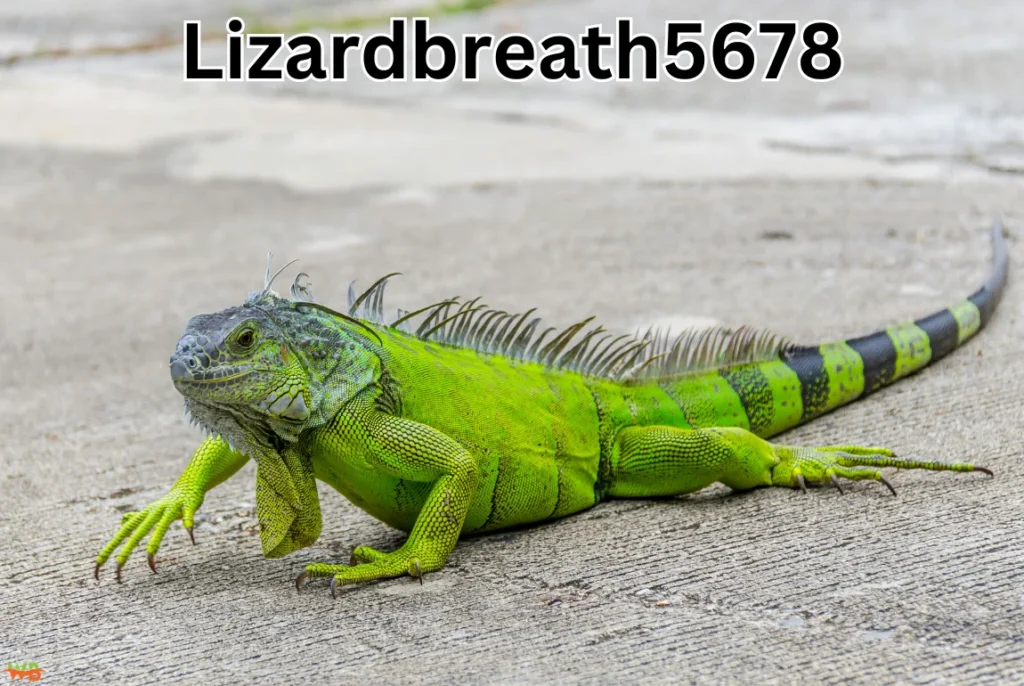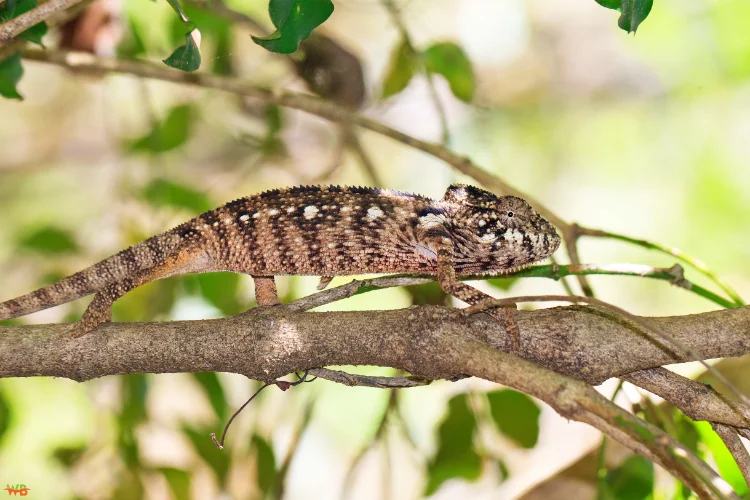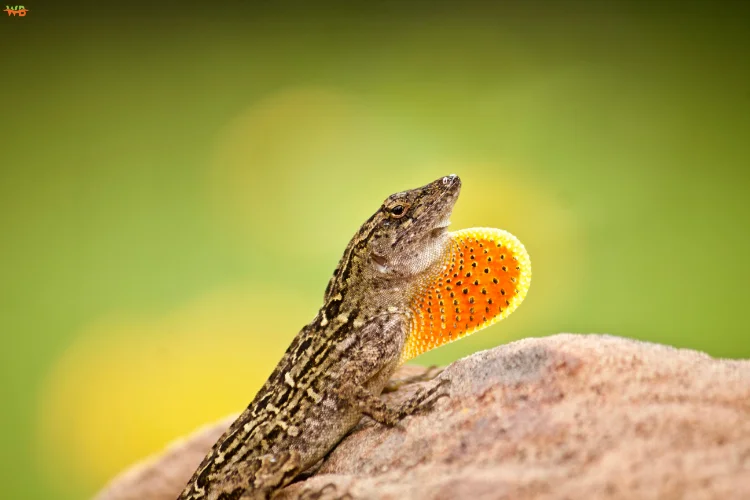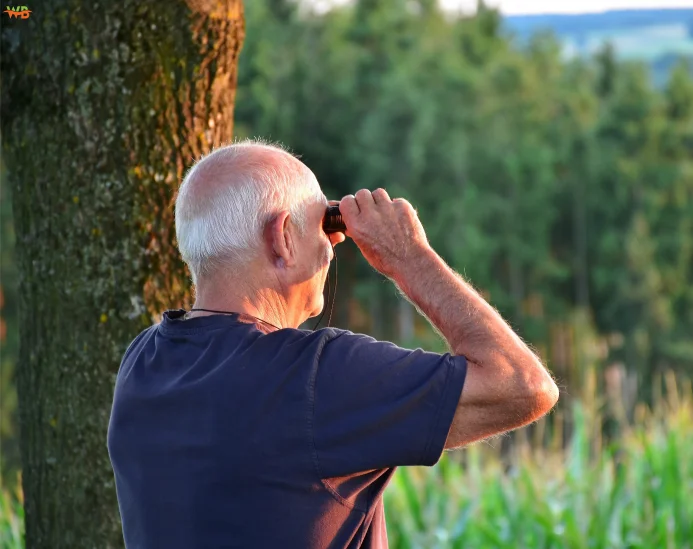Lizards are fascinating creatures that captivate the imagination of many. Lizards are vital to our ecosystems, thanks to their remarkable adaptations and the wide range of habitats they inhabit. Through the insights provided by Lizardbreath5678, we can delve into the world of these reptiles, exploring their characteristics, diets, reproduction, communication, ecological roles, and conservation needs.
Understanding the Characteristics of Lizards with Lizardbreath5678
Lizards are part of the suborder Lacertilia and are recognized for their distinct physical characteristics. With over 6,000 species globally, they come in various shapes, sizes, and colours. Most lizards share some key characteristics:
- Scaly Skin: Their skin is dry and covered with scales, which helps prevent water loss.
- Ectothermic Nature: Lizards are cold-blooded, which means they depend on external heat sources to maintain and regulate their body temperature. This trait influences their behaviour and habitat choices.
- Diverse Appendages: Lizards often have well-developed legs that allow them to move quickly in their environments, while some species, like the skink, may be almost completely legless.
Lizardbreath5678 emphasizes the importance of understanding these characteristics to appreciate the diversity among lizard species and their adaptations to different environments.
Habitats and Distribution of Lizards with Lizardbreath5678
Lizards may survive in a variety of habitats, including colourful rainforests and arid deserts. Their adaptability is one of their most remarkable traits. Here’s an improved look at their location:
Desert Dwellers
In scorching deserts, lizards like the horned lizard and the fence lizard have evolved unique behaviours to survive the extreme heat. They often burrow into the sand to escape the sun and regulate their body temperature.
Rainforest Residents
On the other hand, tropical rainforests are home to vibrant species such as the green iguana and chameleons. These lizards often display bright colours, helping them blend into their lush surroundings while avoiding predators. Lizardbreath5678 provides insights into specific lizard habitats and how each species has adapted to its environment, allowing enthusiasts to appreciate the complexity of these creatures.
Adaptations for Survival with Insights from Lizardbreath5678
Lizards have evolved various adaptations that enhance their survival in the wild. Here are some fascinating survival strategies:
Camouflage
One of the most effective adaptations is camouflage. Numerous lizards can effortlessly camouflage themselves within their environment, which makes it difficult for predators to spot them. A well-known example is the chameleon, which can alter its colour to mimic its environment.
Autotomy and Insights from Lizardbreath5678
Another fascinating adaptation is autotomy, where lizards can detach their tails when faced with danger. By deterring the predator with this protective tactic, the lizard is able to speed up and disappear. Afterwards, the tail can regenerate, although it may not regain its original size or functionality. Lizardbreath5678 explains how these adaptations not only help lizards evade predators but also contribute to their ecological roles.
Diet and Feeding Habits of Lizards
Lizards exhibit diverse dietary preferences based on their species. Understanding these feeding habits is essential for anyone considering keeping lizards as pets or studying them in the wild.
Insectivorous Lizards
Many lizards, like geckos and anoles, are insectivorous, primarily feeding on insects and other small invertebrates. Lizards are highly effective predators because of their rapid reflexes and sharp eyesight.
Herbivorous Lizards
In contrast, herbivorous species, such as iguanas, consume a diet rich in plants, fruits, and flowers. For them to grow and stay healthy, an appropriate diet is mandatory.
Carnivorous Lizards: Insights from Lizardbreath5678
Some lizards, like the Komodo dragon, are meat-eaters that prey on mammals, birds, and various other reptiles. Their feeding habits vary based on size, habitat, and available food sources. Lizardbreath5678 offers practical advice on how to properly feed pet lizards, ensuring they receive the right nutrients for a healthy life.
Reproduction and Life Cycle
Reproduction in lizards is as diverse as their species. Here’s what you need to know:
Egg-Laying vs. Live Birth
The majority of lizards reproduce by laying eggs, although some species give birth to live offspring. The number of eggs laid and the incubation period varies among species. For example, geckos may only lay one or two eggs, whereas bigger lizards, such as iguanas, can lay many more, sometimes in the dozens.
Parental Care
Interestingly, parental care is uncommon in lizards. After the eggs are laid, they are usually left to develop and hatch naturally. The hatchlings are self-sufficient from the moment they emerge, depending on their instincts to seek out food and evade predators. Understanding lizard reproduction and their life cycle can enhance your appreciation for these remarkable creatures. Lizardbreath5678 discusses these topics in detail, providing insights for both enthusiasts and pet owners.
Communication and Behavior of Lizards with Lizardbreath5678
Lizards convey information using a mix of visual displays, sounds, and chemical signals. Here’s how they interact:
Visual Displays
Many lizards engage in visual displays, such as head bobbing or dewlap extension, particularly during territorial disputes and courtship rituals. These displays convey information about size, strength, and intentions.
Chemical Communication with Lizardbreath5678
Lizards use pheromones to communicate with one another. Detected through the Jacobson’s organ in the roof of their mouths, these chemical signals help establish territories and attract mates. Lizardbreath5678 highlights the importance of understanding these behaviours for anyone looking to observe lizards in the wild or keep them as pets.
The Ecological Role of Lizards
Lizards play a crucial role in maintaining ecological balance. They act as both predators and prey within their ecosystems, contributing to the regulation of insect populations. Here’s how they impact their environments:
Pest Control
By consuming insects, lizards help control pest populations, which benefits agriculture and human health. This role is vital, especially in areas where pests can cause significant damage to crops.
Indicators of Environmental Health
Additionally, lizards are indicators of environmental health. Their presence and diversity can provide insights into habitat conditions and the impacts of environmental changes. Lizardbreath5678 emphasizes the importance of conserving lizard populations to maintain ecological balance and promote biodiversity.
Conservation Needs for Lizards: Insights from Lizardbreath5678
Unfortunately, human activities pose significant threats to lizard populations. Here are some key conservation concerns:
Habitat Destruction
Habitat destruction, pollution, and climate change are major threats to lizard habitats. As urbanization continues to expand, many lizard species lose their natural environments.
Illegal Trade
The illegal pet trade and over-collection for scientific research also contribute to declines in certain species. To protect these remarkable reptiles, conservation efforts are essential. Groups such as the International Union for Conservation of Nature (IUCN) and several herpetological societies are dedicated to protecting lizards and their environments through their continuous efforts.
Lizardbreath5678 advocates for conservation initiatives, encouraging readers to support efforts to protect lizards and their ecosystems.
Myths and Misconceptions About Lizards
Lizards have been the subject of numerous myths and misconceptions throughout history. Here are a few common ones:
- Myth: All lizards are venomous.
- Reality: While some species, like the Gila monster and Komodo dragon, possess venom, most lizards are harmless to humans.
Informing the public about the actual characteristics of lizards can help eliminate these misconceptions and encourage harmonious living. Lizardbreath5678 provides valuable insights to help readers understand these reptiles better.
Tips for Observing Lizards in the Wild
If you’re interested in observing lizards in their natural habitats, here are some tips to enhance your experience:
Be Patient and Quiet
Lizards are often wary of disturbances, so patience and quietness are essential. Early morning or late afternoon are ideal times for observation, as lizards are most active during cooler periods.
Use Binoculars and Field Guides
Using binoculars and field guides can greatly enhance your experience. Respect the animals and their environment, avoiding any actions that may cause stress or harm. Lizardbreath5678 encourages nature enthusiasts to embrace these practices for a more rewarding experience when observing lizards.
Caring for Lizards as Pets with Lizardbreath5678
For those fascinated by lizards, having them as pets can be a fulfilling adventure. However, it’s important to understand the unique requirements of the particular species you select. Here’s a brief guide:
Create a Suitable Habitat
Creating a suitable habitat involves providing proper lighting, temperature gradients, and enrichment items. Ensure your lizard has enough space to move around comfortably.
Regular Veterinary Care
Sustaining your pet’s general health and well-being requires routine veterinary exams. Given that many lizards have lengthy lifespans, they want sustained care. Participating in forums and communities for lizard enthusiasts can offer assistance and guidance from knowledgeable keepers. Lizardbreath5678 offers guidance for new pet owners to ensure a successful and fulfilling lizard-keeping experience.
Conclusion: Insights from Lizardbreath5678
Because of their vital role in the biodiversity of our planet, lizards offer a plethora of opportunities for exploration and education. As Lizardbreath5678 emphasizes, we may promote a greater appreciation for these fascinating reptiles by knowing their adaptations, behaviours, and roles in ecosystems. Through observation, education, and conservation efforts, we can ensure that lizards continue to thrive in our world for generations to come.
FAQs
1- What are the most popular pet lizard species?
- Some of the most popular pet lizard species include bearded dragons, leopard geckos, and blue-tongued skinks. These species are favoured for their manageable sizes, docile temperaments, and relatively simple care requirements, making them suitable for both beginners and experienced reptile enthusiasts.
2- How can I identify different lizard species?
- Identifying different lizard species involves observing various features such as colour patterns, body shape, size, and tail characteristics. Field guides, online databases, and local herpetology groups can provide resources for identification. Additionally, noting the habitat and geographical location can help narrow down the possibilities.
3- Do lizards require special lighting in captivity?
- Yes, lizards, especially those from tropical or desert environments, often require specific lighting conditions to thrive. UVB lighting is vital for many species as it supports the production of vitamin D3, which is necessary for calcium absorption and overall health. It’s crucial to research the specific lighting needs of the lizard species you own or plan to keep.
4- How can I create a suitable habitat for my pet lizard?
- Creating a suitable habitat for your pet lizard involves providing appropriate substrate, hiding spots, and environmental enrichment. The enclosure should closely resemble their natural environment, incorporating appropriate humidity levels and temperature variations. Additionally, providing climbing structures, water sources, and appropriate food items can help ensure their well-being.
5- What are some signs that my lizard might be unwell?
- Signs that your lizard may be unwell include lethargy, lack of appetite, unusual shedding, changes in colouration, and abnormal behaviours such as hiding or aggressive responses. Monitoring their eating habits and overall activity levels can help you identify potential health issues. If you notice any concerning signs, it’s essential to consult a veterinarian experienced in reptile care.

Ton Roobprom is an experienced writer focused on practical advice across technology, business, travel, beauty, lifestyle, and home improvements. He specializes in distilling complex subjects into clear, actionable insights to help you enhance your daily life.





